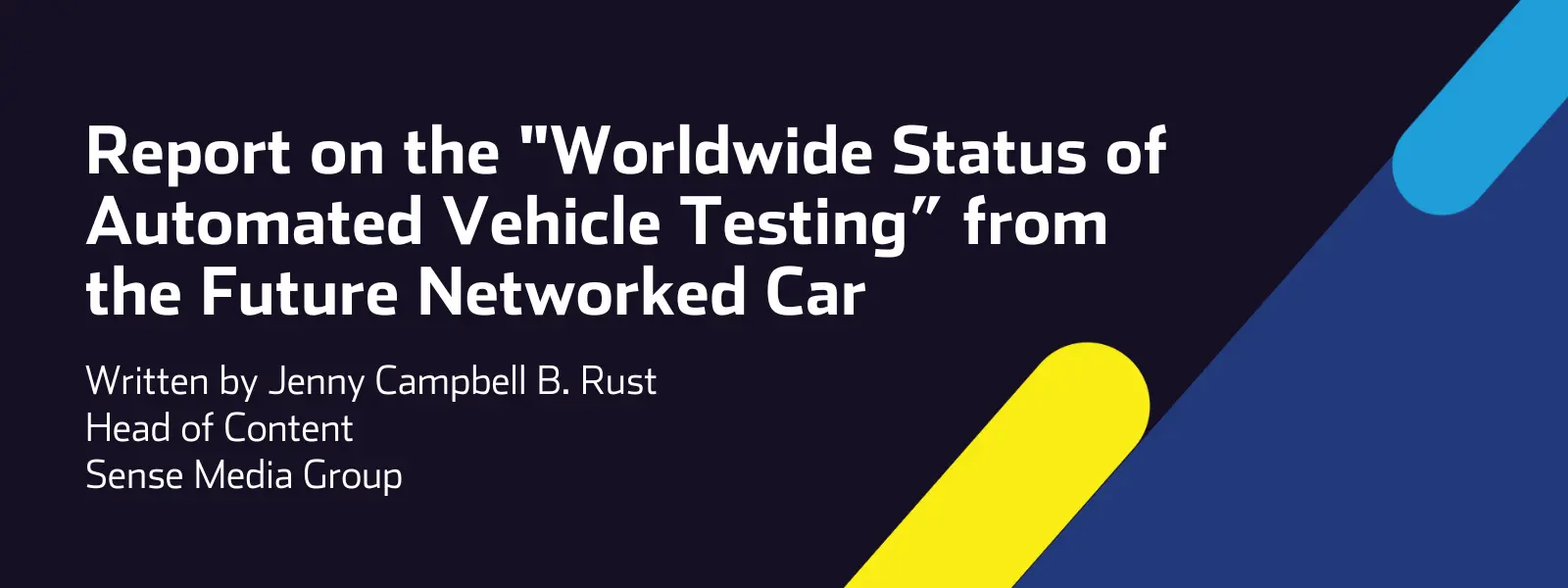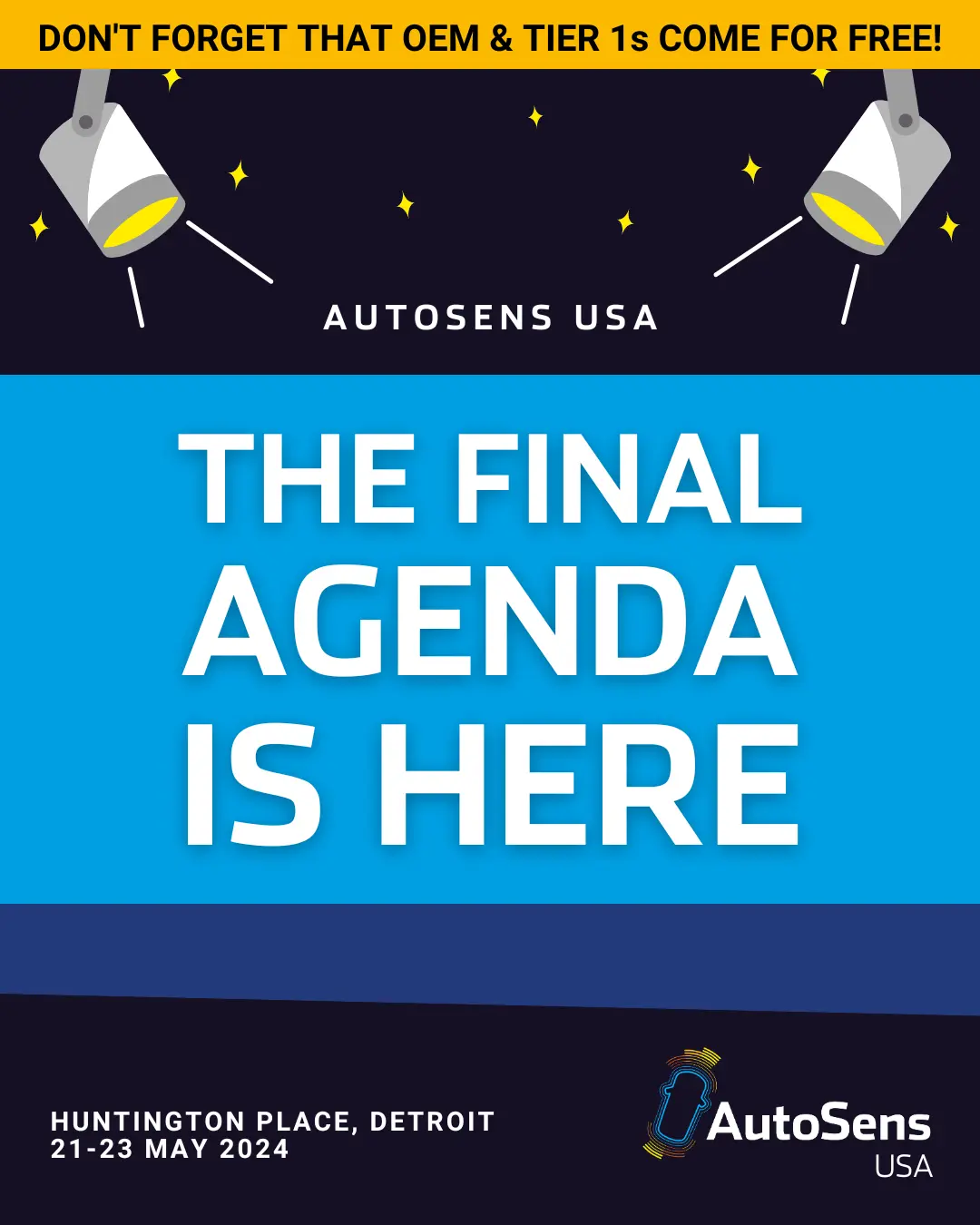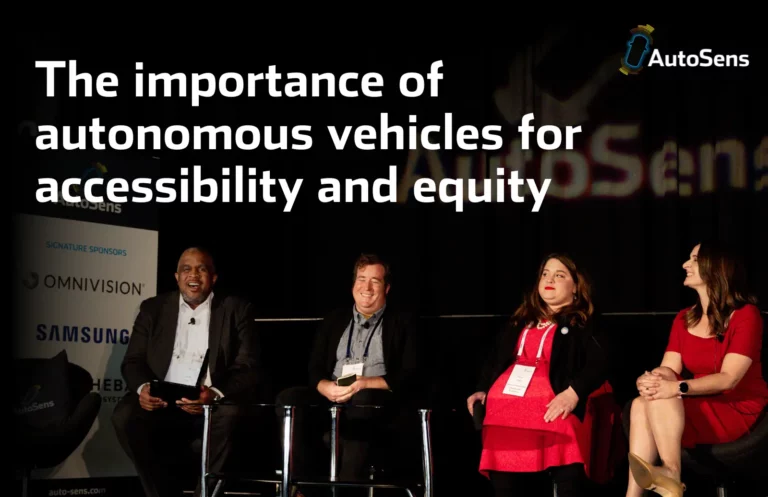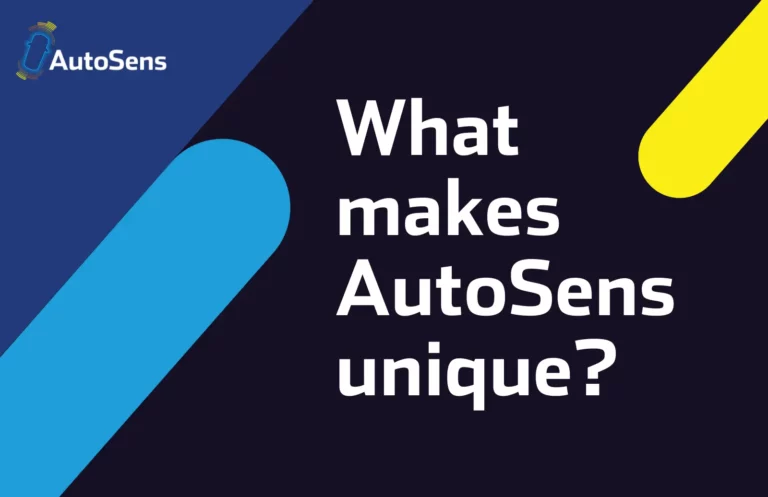As technology advances and the realm of automated driving expands, the safety implications of these innovations become increasingly critical. The Symposium on the Future Networked Car recently looked into this pressing topic during its session on the “Worldwide Status of Automated Vehicle Testing,” featuring insights from experts Dr. Trent Victor Director of Safety Research and Best Practices, Waymo, Richard Bishop, CEO, Bishop Consulting, Adam Campbell, Sr manager, Safety Innovation and Impact, Gatik, Satvir Singh, Director of Product Safet, Testing & Validation at May Mobility, and Xu Hongwei, Executive Deputy Director, Beijing High-Level Autonomous Driving Demonstration Zone Work Office .
Dr. Victor opened the session with a presentation which emphasized that safety, though often simplified, is multifaceted and encompasses a broad spectrum of considerations. From aggregate-level metrics assessing the overall impact of automated vehicle performance on reducing injuries and fatalities over time, to event-level assessments of individual incidents, the complexity of safety evaluation demands comprehensive methodologies.
Don’t miss: Trent Victor’s session from AutoSens Brussels on ‘How safe is the Waymo driver?’ Click here to watch for free with an AutoSens account.
One key aspect highlighted by Victor is the necessity for establishing comparison conditions to accurately evaluate safety advancements, stressing the importance of creating baselines for comparison. Without valid benchmarks, it becomes challenging to demonstrate improvements in safety metrics.
Moreover, Dr. Victor shed light on the intricacies of crash data analysis. Differentiating between various types of crashes, ranging from minor property damage incidents to severe injuries and fatalities, is crucial for meaningful comparisons. Notably, the inclusion of low-severity crashes unique to AV testing poses challenges in aligning data for accurate assessments. A 2023 paper produced by the safety team at Waymo goes into the findings and methodologies, which Victor also discussed at AutoSens Brussels last September.
The next presenter, Richard Bishop of Bishop Consulting, provided a comprehensive overview of the current landscape of automated driving in 2024, extending beyond testing to the broader deployment and operationalization of autonomous systems. In the realm of personal vehicles, the advent of Level 3 automation marks a significant milestone, allowing for hands-off, eyes-off driving under specific conditions.
Acknowledging recent setbacks faced by some robotaxi companies, Bishop emphasized the importance of addressing management and safety culture issues in ensuring the viability of self-driving technologies. Nevertheless, with ongoing efforts to reset and restart operations, the commitment of key stakeholders like GM and Honda signifies continued support for advancing autonomous solutions.
In the domain of automated trucking, Bishop noted considerations extend beyond technology to encompass regulatory frameworks, operational environments, and strategic partnerships. As the industry navigates these complexities, the symposium serves as a platform for stakeholders to exchange insights and chart the course forward in realizing the full potential of automated driving.
Adam Campbell, representing Gatik, offered insights into the unique challenges and opportunities within the realm of automated goods transportation. Operating on known and repeated routes between distribution centres and stores, Gatik plays a pivotal role in the supply chain ecosystem. Campbell emphasized Gatik’s commitment to safety and its strategic partnerships with Fortune 500 companies, positioning the company as a key player in scaling safety within the logistics industry.
Campbell highlighted Gatik’s niche focus on middle-mile transportation, distinguishing it from long-haul operations and last-mile delivery services. By leveraging autonomous technology to move goods efficiently within the supply chain, Gatik addresses the growing demand for faster, more cost-effective delivery solutions while alleviating pressure on traditional logistics networks.
Satvir Singh of May Mobility expanded on safety evaluation in AV deployment, stressing scenario-based and system-based assessments. Scenario-based evaluations involve breaking down driving scenarios to understand their complexity and developing synthetic tests to cover diverse scenarios comprehensively. System-based assessments align with traditional methodologies, focusing on requirement-based testing and fault analysis. Additionally, control tests, independent of simulations, validate simulation results, providing real-world validation.
Additionally, Singh discussed the implementation of tele-assist, where a human operator monitors the AV and provides assistance in exceptional situations. This human-in-the-loop approach ensures rapid intervention when necessary, reinforcing safety objectives and adding an extra layer of assurance to AV operations.
Xu Hongwei’s presentation on Vehicle-Road-Cloud technology provided valuable insights into Beijing’s efforts to build a high-level autonomous road infrastructure to support Level 4 or Level 5 autonomous vehicles. Hongwei emphasized that the concept of autonomy extends beyond individual vehicles, encompassing a systematic approach that integrates sensors, reliable network connectivity, real-time data processing, precise mapping, and intelligent vehicles into an overarching framework known as the “intelligent hub.” This holistic approach forms the basis of a city-level engineering platform, essential for advancing autonomous driving technology. Hongwei stressed the importance of collaboration between industry stakeholders and government agencies, highlighting the necessity for a cohesive network infrastructure to support the evolution of the autonomous vehicle industry in China, particularly in cities like Beijing.
The symposium session provided invaluable perspectives on the worldwide status of automated vehicle testing, emphasizing the multifaceted nature of safety evaluation and the dynamic landscape of technological advancements. As the journey towards safer and more efficient mobility continues, collaboration and innovation remain paramount in shaping the future of automated driving.
Don’t miss key conversations at AutoSens USA this May. Get your pass here.
Reference links:
FNC-2024 – About the Session
Session recording









